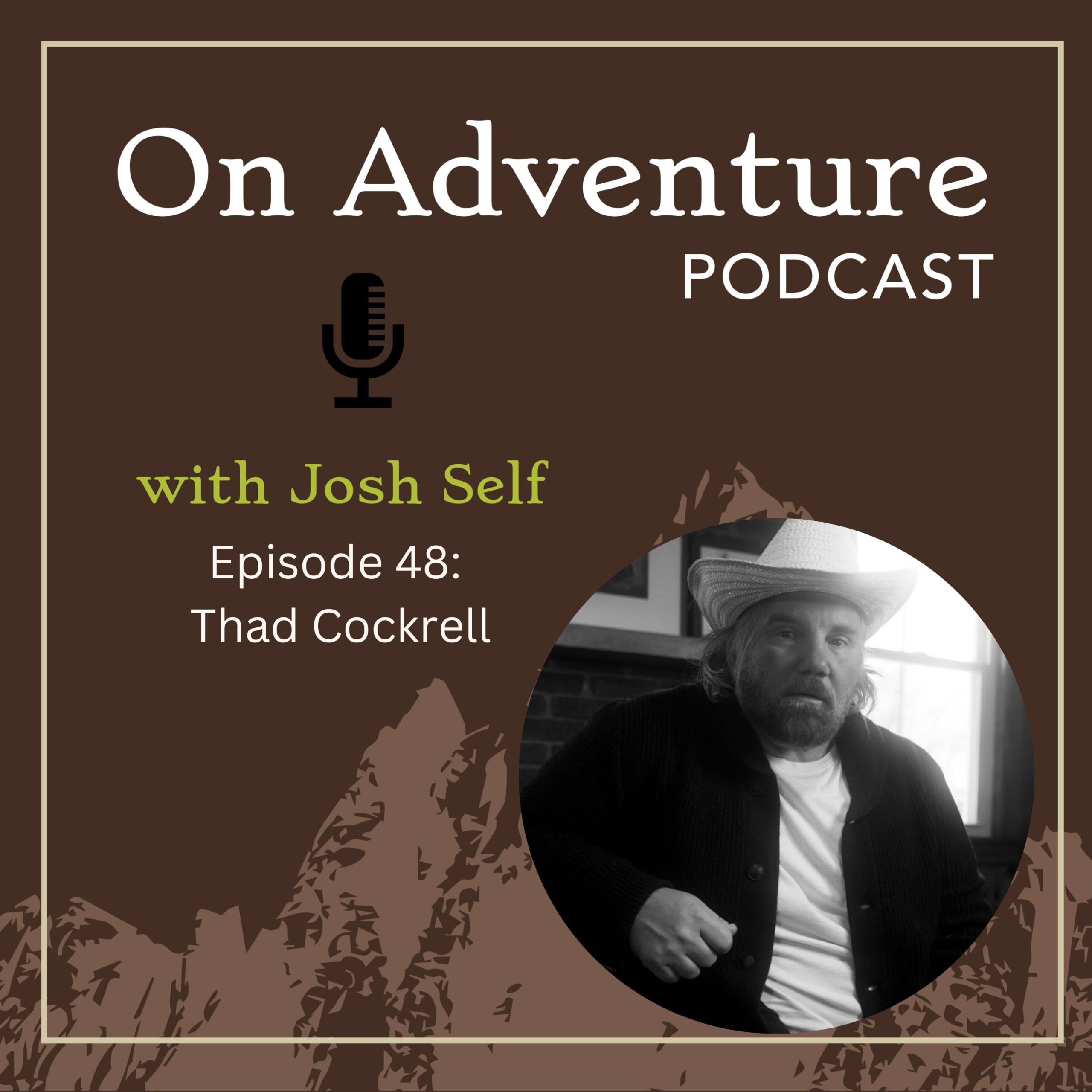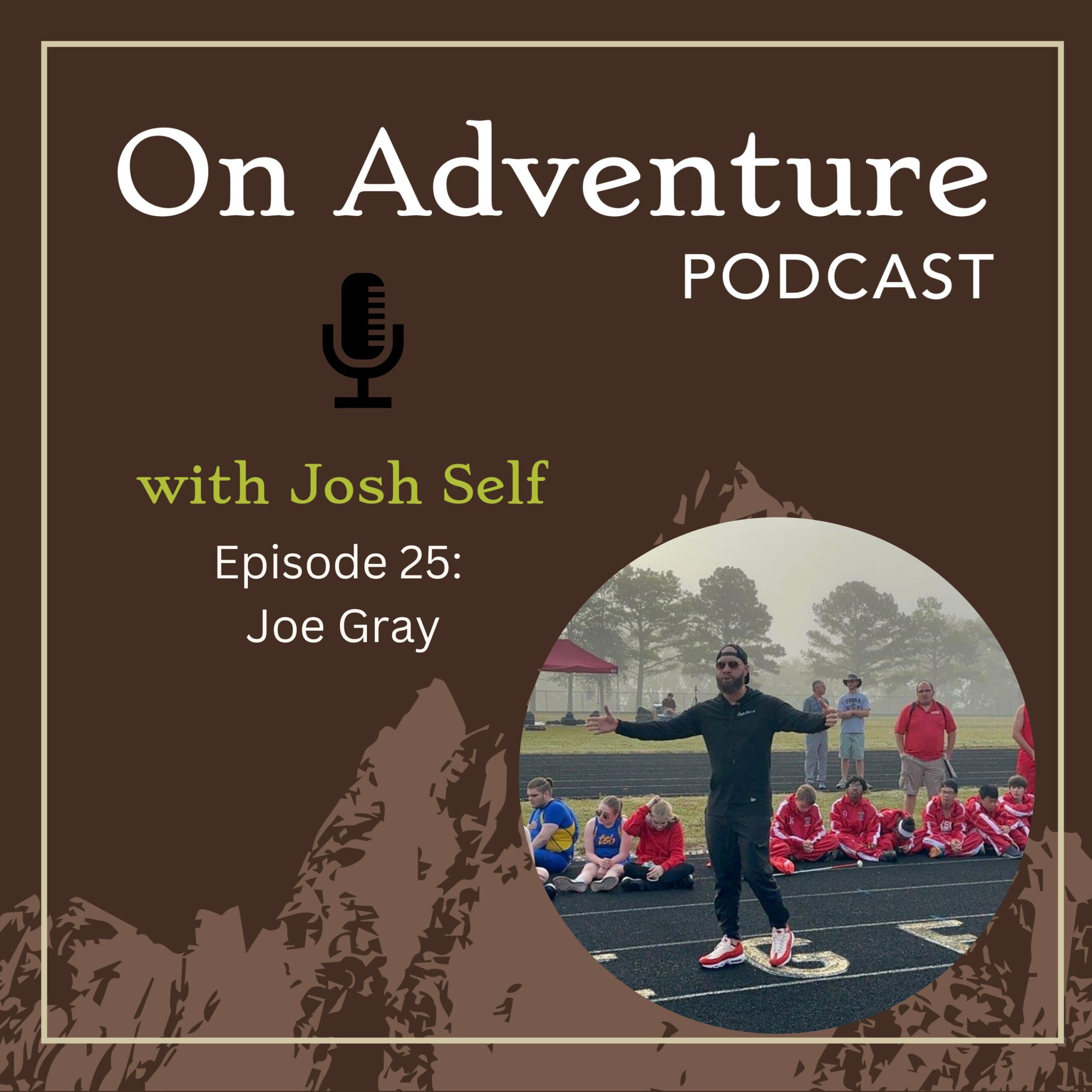





In this heartfelt episode of the On Adventure Podcast, I sit down with a younger Everyday Explorer, my son Hudson, for a conversation that redefines what adventure truly means. While we often explore tales of physical challenge and bold travel, this episode takes us on an inward journey—a story of persistence, identity, and the courage to live fully despite daily challenges. Hudson lives with Prader-Willi Syndrome (PWS), a rare genetic condition, and he brings us into his world with sincerity, wisdom, and humor.
We talk about what it’s like to grow up with PWS, the unique joys and struggles that come with it, and how it’s shaped Hudson’s perspective on life. He shares how adventure isn’t just found on mountaintops or across oceans—it’s in the relationships we build, the obstacles we face, and the love we share. From exploring WWII history in Europe to dreaming about the Great Wall of China, Hudson reminds us that the truest adventures are often the ones that take place in our own hearts and homes. This episode is not just a story of difference—it’s a story of belonging, resilience, and the extraordinary power of being seen and included.
⏱️ Timeline Summary
-
[0:00] – Meet Hudson Self and an introduction to Prader-Willi Syndrome Awareness Month
-
[1:00] – Hudson’s heartfelt presentation on living with PWS
-
[3:00] – Sharing his passions and personal joys beyond the diagnosis
-
[5:00] – The importance of inclusion and being treated like everyone else
-
[7:00] – Discussing the constant challenge of hunger with PWS
-
[9:00] – How PWS brought meaningful relationships and mentors into Hudson’s life
-
[10:00] – Visiting historical sites in Europe and the emotional impact of Normandy
-
[12:00] – Dreaming of a future adventure to the Great Wall of China
-
[13:00] – Favorite memories from a Jurassic-themed trip to Hawaii
🔗 Links & Resources
-
Learn more about Prader-Willi Syndrome
-
Prader-Willi Syndrome Awareness Month (May)
🎧 Closing Thoughts
This episode is a powerful reminder that adventure comes in many forms. If Hudson’s story moved you, inspired you, or made you think a little differently, please consider rating, following, and sharing the podcast from our YouTube (this is brand new!), Instagram and Facebook pages (this is new too!). And don’t forget to leave a review—we’d love to hear from you.



















